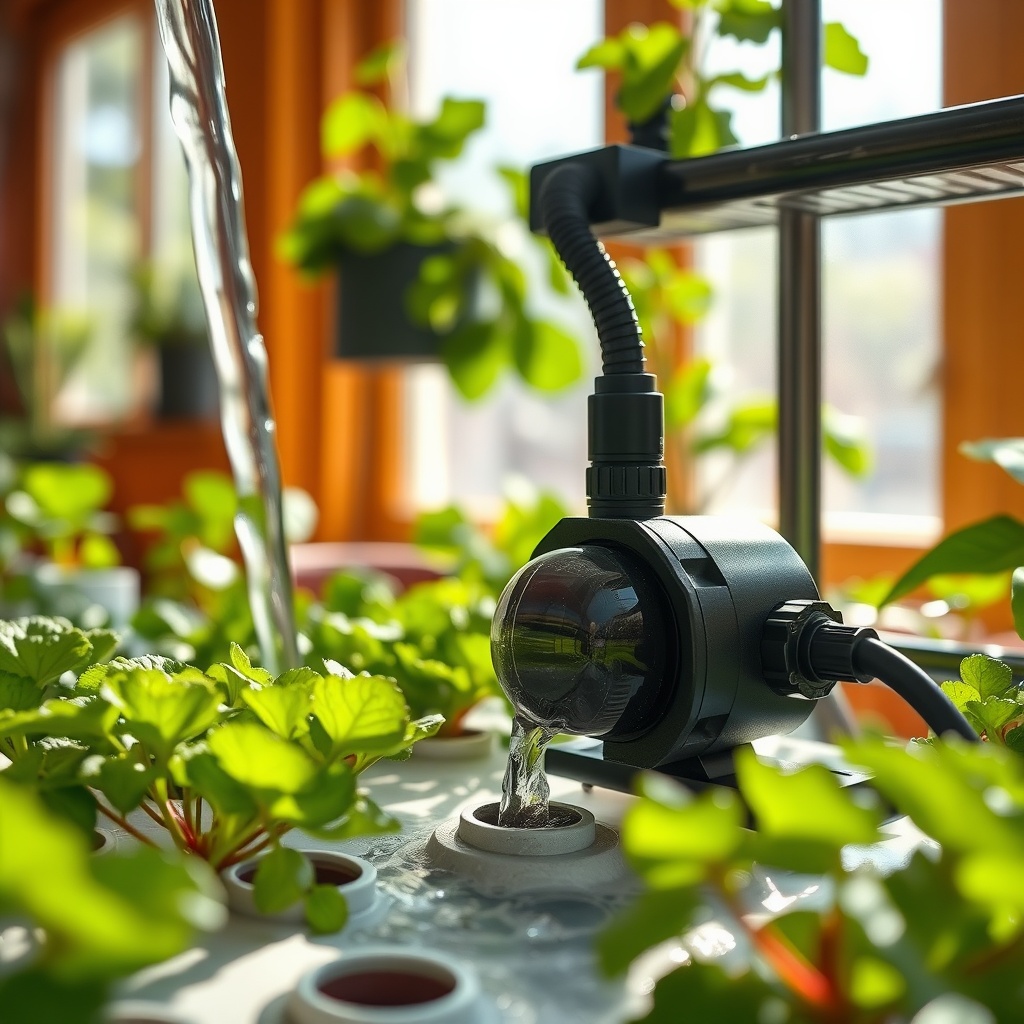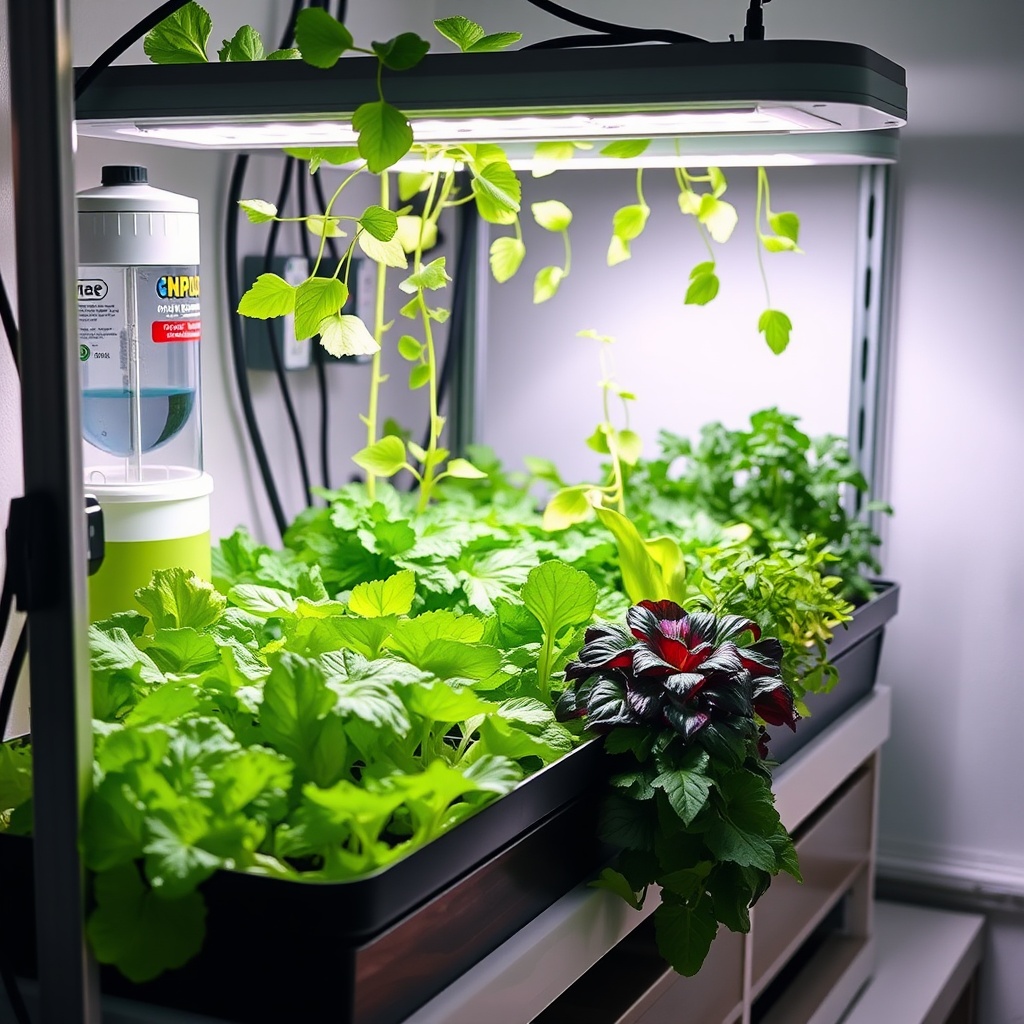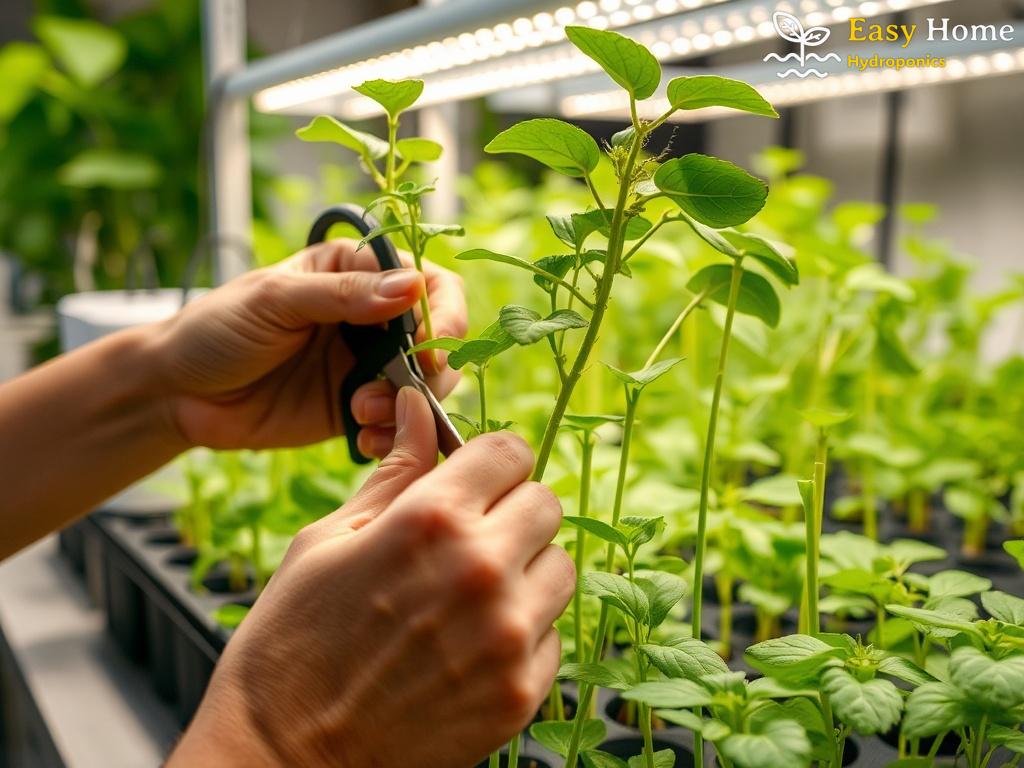Understanding the Heart of Your Hydroponic System
In the world of hydroponics, the pump serves as the lifeblood of your system. Without it, your plants would wither and die without the essential nutrients circulating through their roots. However, like any mechanical device, pumps can fail, often at the most inconvenient times. Identifying and addressing pump failures early can save both your plants and your investment.
Common Causes of Pump Failures
Before jumping into solutions, it’s crucial to understand why pumps fail in the first place. Being aware of these issues can help you troubleshoot effectively. Here’s a list of common causes:
- Clogged Filters: Debris can build up, restricting water flow.
- Electrical Issues: Faulty wiring or blown fuses can cut power to the pump.
- Wear and Tear: Over time, mechanical parts can degrade.
- Improper Sizing: A pump that’s too small or too large can lead to inefficiencies.
- Temperature Fluctuations: Extreme temperatures can affect pump performance.
Steps to Diagnose and Fix Pump Problems
Once you’ve identified potential causes, the next step is to diagnose and resolve the issues. Here’s a systematic approach to get your hydroponic system back on track:
- Inspect the Power Supply: Ensure the pump is plugged in and check for any blown fuses.
- Check for Clogs: Clean the filters and any intake or output tubing.
- Examine the Pump: Look for visible signs of wear or damage.
- Test the Flow Rate: Compare the current flow rate with the manufacturer’s specifications.
- Adjust for Size: If necessary, replace the pump with one that meets your system’s requirements.




